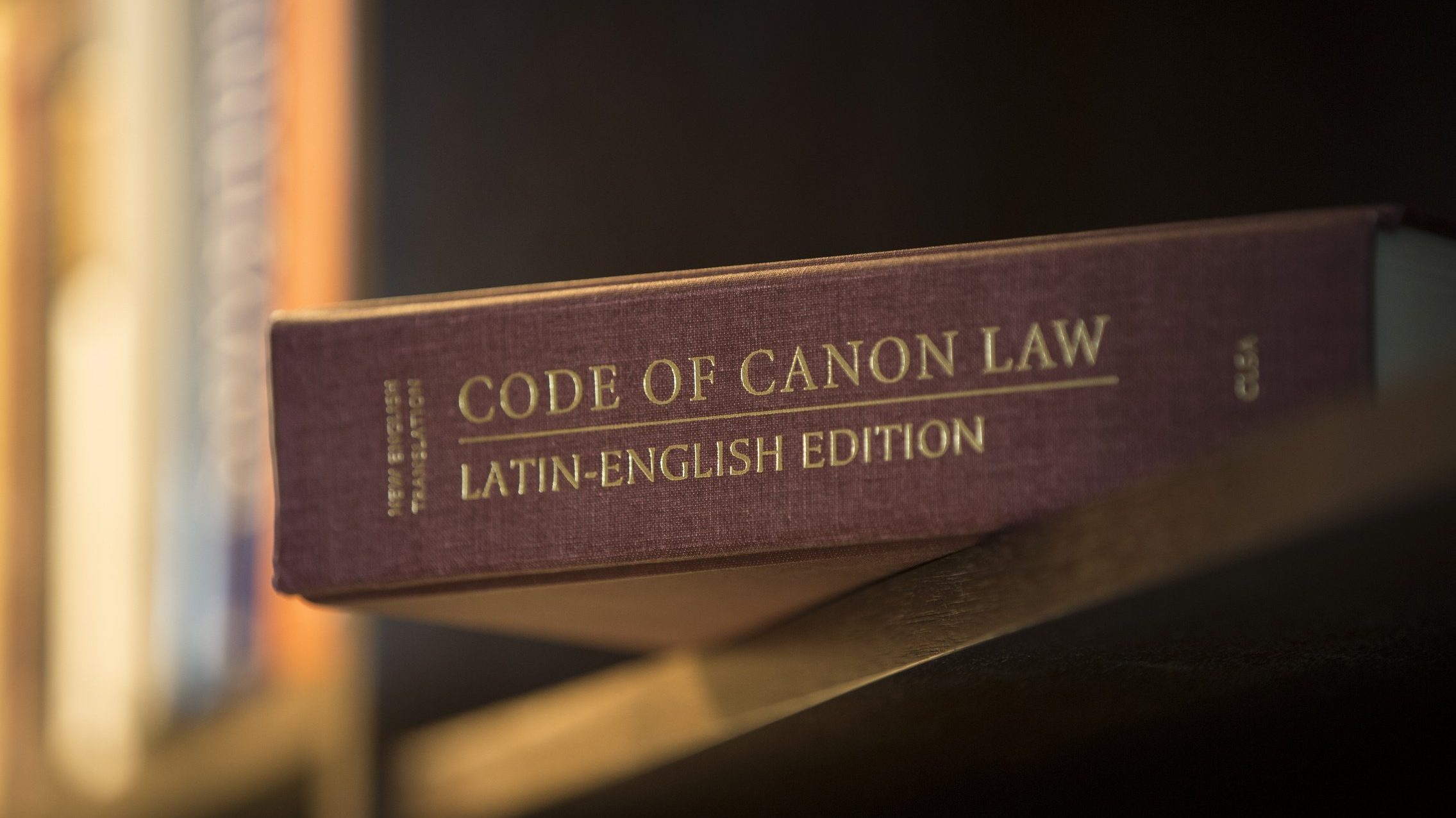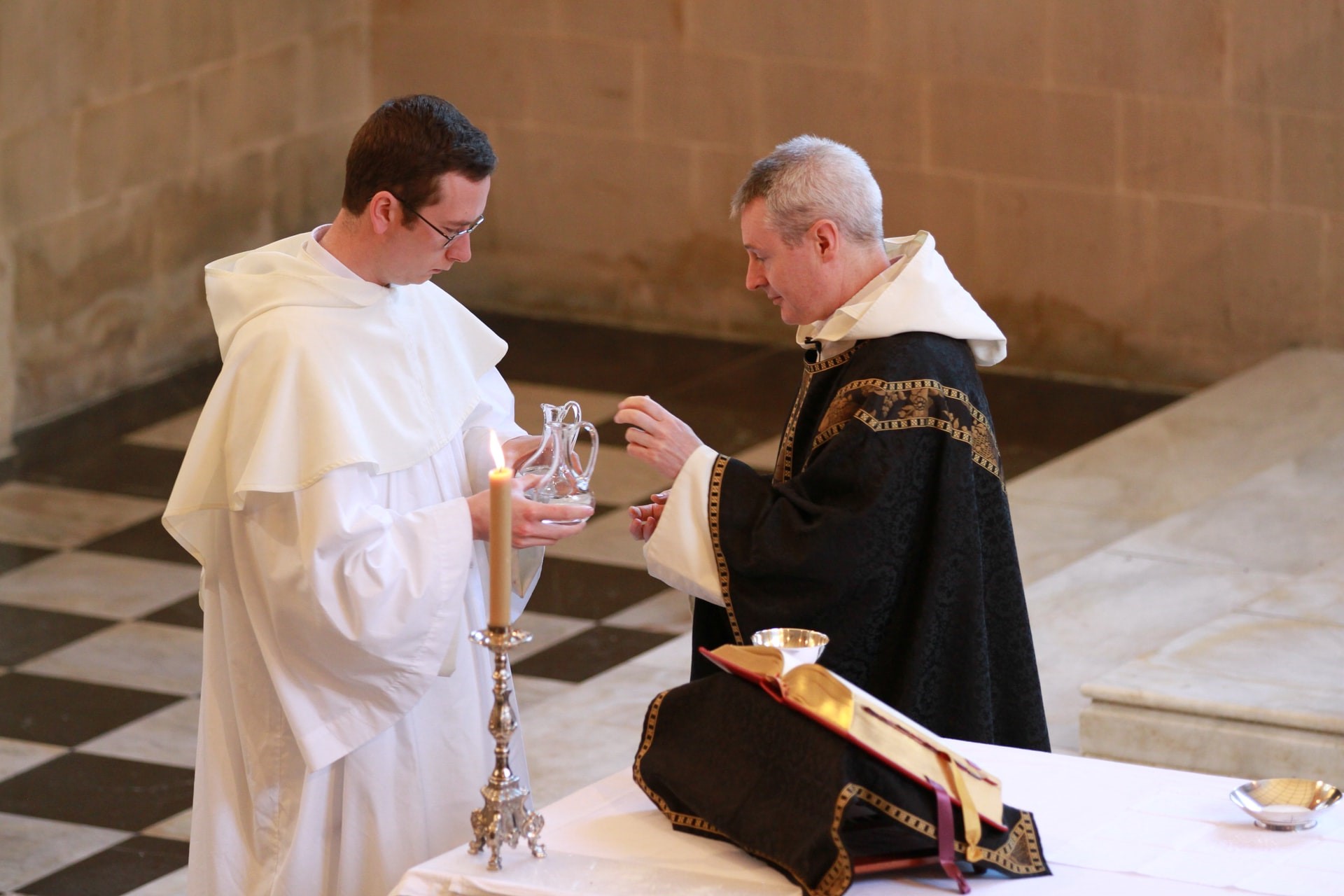
What is the Code of Canon Law 1917? The Code of Canon Law 1917 is the first comprehensive codification of the laws of the Catholic Church. Before this, church laws were scattered across various documents, making it hard to follow. Pope Benedict XV promulgated this code on May 27, 1917, and it became effective on May 19, 1918. It streamlined church governance, covering everything from sacraments to church administration. This code was a monumental step in organizing church laws into a single, coherent system. Although replaced by the 1983 Code, its impact on church law remains significant. Let's dive into 20 intriguing facts about this historic document.
What is the Code of Canon Law 1917?
The Code of Canon Law 1917 was the first comprehensive codification of the laws of the Catholic Church. It was a monumental effort to compile centuries of church laws into a single, organized document.
- First Codification: This was the first time the Catholic Church's laws were systematically compiled into one code.
- Pope Benedict XV: Promulgated by Pope Benedict XV on May 27, 1917.
- Effective Date: Came into effect on May 19, 1918.
- Latin Language: Written entirely in Latin, the official language of the Catholic Church.
- Five Books: Divided into five books covering general norms, persons, things, procedures, and penalties.
Why Was the Code of Canon Law 1917 Created?
The creation of the Code of Canon Law 1917 aimed to bring clarity and uniformity to the church's legal system. Before this, church laws were scattered across various documents.
- Simplification: Simplified the complex and scattered laws into a single, coherent code.
- Uniformity: Ensured uniform application of laws across the global Catholic Church.
- Modernization: Modernized the legal framework to reflect contemporary issues and practices.
- Legal Certainty: Provided legal certainty and clarity for church officials and members.
- Pastoral Care: Aimed to improve pastoral care by making laws more accessible and understandable.
Key Features of the Code of Canon Law 1917
The Code of Canon Law 1917 introduced several key features that shaped the church's legal system for decades.
- General Norms: Established general norms that apply to all aspects of church life.
- Rights and Obligations: Defined the rights and obligations of clergy and laity.
- Sacraments: Detailed regulations concerning the administration of sacraments.
- Church Property: Provided guidelines for the management and use of church property.
- Penal Law: Included provisions for penal law, outlining offenses and penalties.
Impact of the Code of Canon Law 1917
The impact of the Code of Canon Law 1917 was profound, influencing not only the Catholic Church but also other religious and legal systems.
- Global Influence: Influenced other religious and secular legal systems around the world.
- Legal Education: Became a foundational text for the study of canon law in seminaries and universities.
- Church Governance: Improved church governance by providing clear legal guidelines.
- Ecumenical Relations: Facilitated better relations with other Christian denominations through clearer legal frameworks.
- Predecessor to 1983 Code: Served as the basis for the revised Code of Canon Law promulgated in 1983.
The Lasting Impact of the 1917 Code of Canon Law
The 1917 Code of Canon Law marked a significant milestone in the Catholic Church's legal system. It streamlined centuries of canon law into a cohesive document, making it easier for clergy and laity to understand and follow. This code laid the groundwork for the 1983 revision, which continues to guide the Church today.
Its influence extends beyond religious boundaries, impacting legal systems and academic studies worldwide. The 1917 Code remains a cornerstone for those studying ecclesiastical law, offering insights into the Church's governance and moral teachings.
Understanding this code helps appreciate the Church's efforts to adapt and remain relevant in a changing world. Its legacy endures, reminding us of the importance of structured legal frameworks in maintaining order and justice within any organization.
Was this page helpful?
Our commitment to delivering trustworthy and engaging content is at the heart of what we do. Each fact on our site is contributed by real users like you, bringing a wealth of diverse insights and information. To ensure the highest standards of accuracy and reliability, our dedicated editors meticulously review each submission. This process guarantees that the facts we share are not only fascinating but also credible. Trust in our commitment to quality and authenticity as you explore and learn with us.


